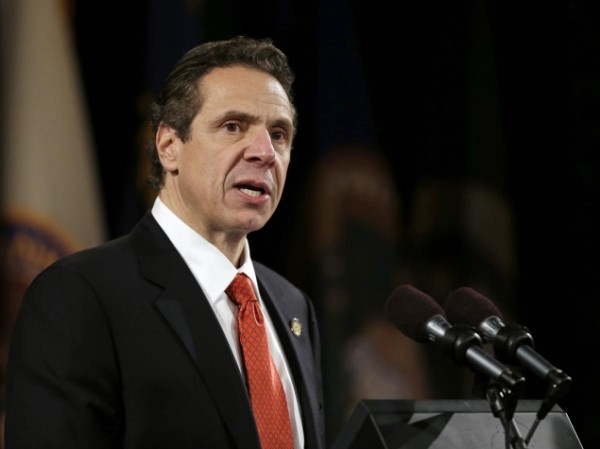
A net increase of $10.4 million in general state support was awarded to SUNY by Gov. Andrew Cuomo for the 2015-16 budget for a total of $726 million.
As part of SUNY’s rational tuition increase, undergraduate instate students’ tuition will increase by $300 per year for the next five years. Each time there is an increase in tuition, the college provides support to any students who receives aid from the Tuition Assistance Program (TAP). Any student that is eligible for a full-time TAP award pays a tuition fee of about $5,800. Students who are awarded a full-time TAP, pay a tuition fee around $5,000.
In terms of the budget resulting in possible decreases, last year there was a $7.6 million addition for salary increases according to SUNY New Paltz Vice President of Finance Michele Halestead. This year, that figure was reduced to $4.7 million.
“It isn’t really detrimental in any way,” Halestead. “It only is slightly because we had discretionary salary awards for one of the unions on campus; the United University Professions (UUP) union.”
According to Halestead, last year UUP was awarded a 0.5 percent discretionary salary award — a one time lump sum. The campus total for discretionary salary awards was about $250,000. Part of last year’s $7.6 million covered the cost, so this year the same 0.5 percent award can again be awarded; however now the state is only going to cover half that amount. Halstead said SUNY received no new money from the state, although SUNY Chancellor Nancy Zimpher has requested it on a reoccurring basis.
Contractual salary increases with the two biggest unions, the Civil Service Employees Association (CSEA) and UUP have been negotiated for this year and subsequent years, according to SUNY New Paltz Vice President of Enrollment David Eaton.
A one-time increase of $18 million for performance based funding for SUNY was proposed. In January, the governor’s first proposal said that he wanted to give one SUNY $18 million for performance based funding. According to Eaton, this did not come to fruition because the $18 million was to be awarded to a deserving SUNY and it could not be discerned what qualities would entitle a SUNY for such an award.
Growing concern over the possibility of the budget affecting certain programs that could result in cut-backs were also addressed.
“We don’t anticipate at this point in time cutting any programs,” Eaton said. “For new students, current students and graduating students, they are concerned with getting a job.”
Eaton explained that students will gravitate towards programs that are vocational and have lucrative job markets. The education department, for example, has lost a number of student enrollments because the current education job market is very problematic. As a result, the programs which do not have as high of an enrollment rate will have less faculty, due to the lessening of students, but will not be premaritally cut by any means, Eaton said.
Any cutting which occurs in a program happens very slowly, according to Eaton. If more professors are working in an area than there are students, in addition to retirements and resignations, then these resources can be reallocated. According to Eaton, if a major is on the smaller, less popular side, there will be less personnel in that major.
“Right now we’re probably in one of the most dynamic times of change in terms of what students are looking for in terms of majors,” Eaton said. “There’s a huge increase in STEM majors, business majors. Fine and performing arts has a few less students but a pretty steady state.”
Along with this money given directly to SUNY, new programs which will be aiding SUNY and CUNY have been implemented such as “Get On Your Feet Loan Forgiveness Program.” The program allows New York residents who have graduated from college to withhold paying their student debt for their first two years out of school, should they be unable to pay it.
